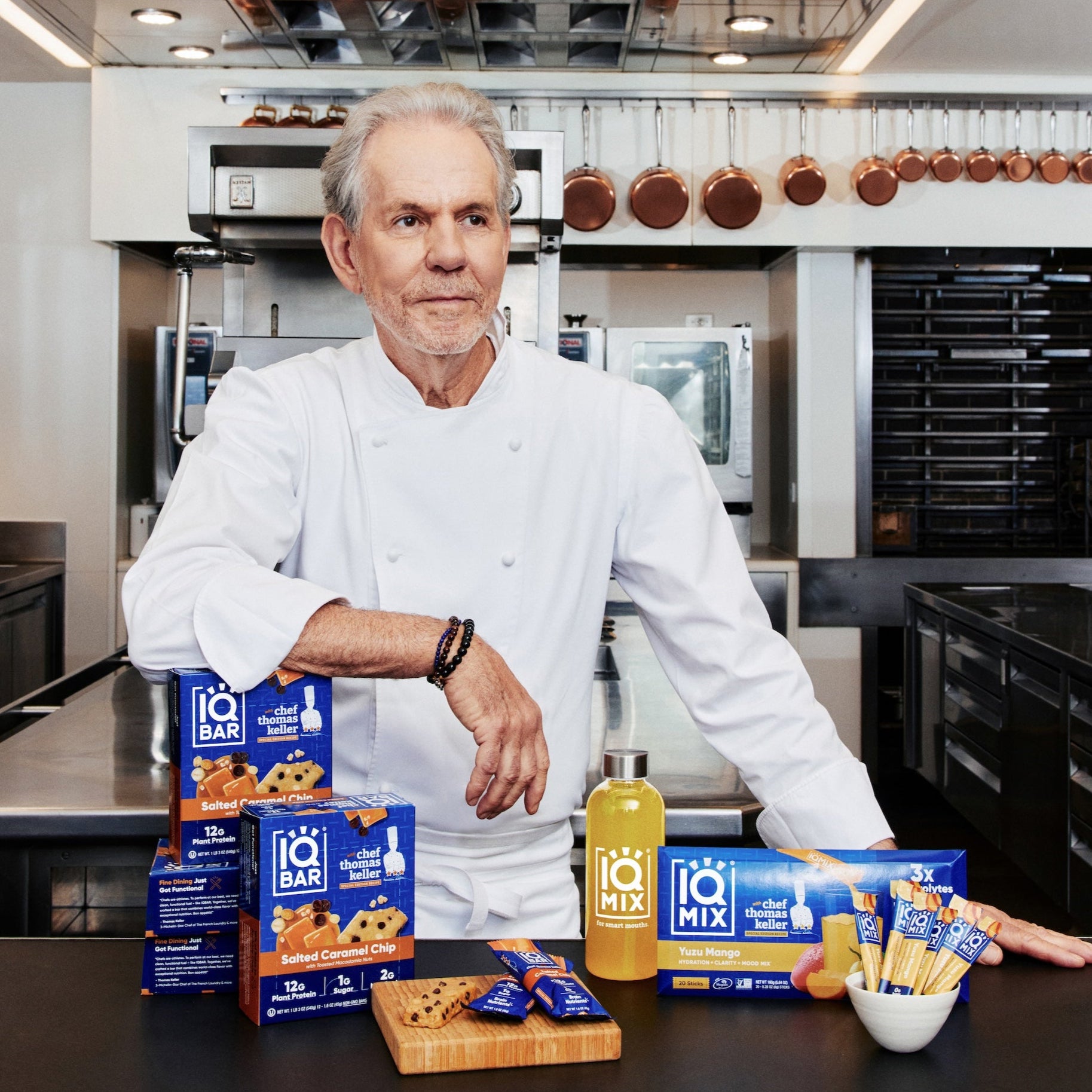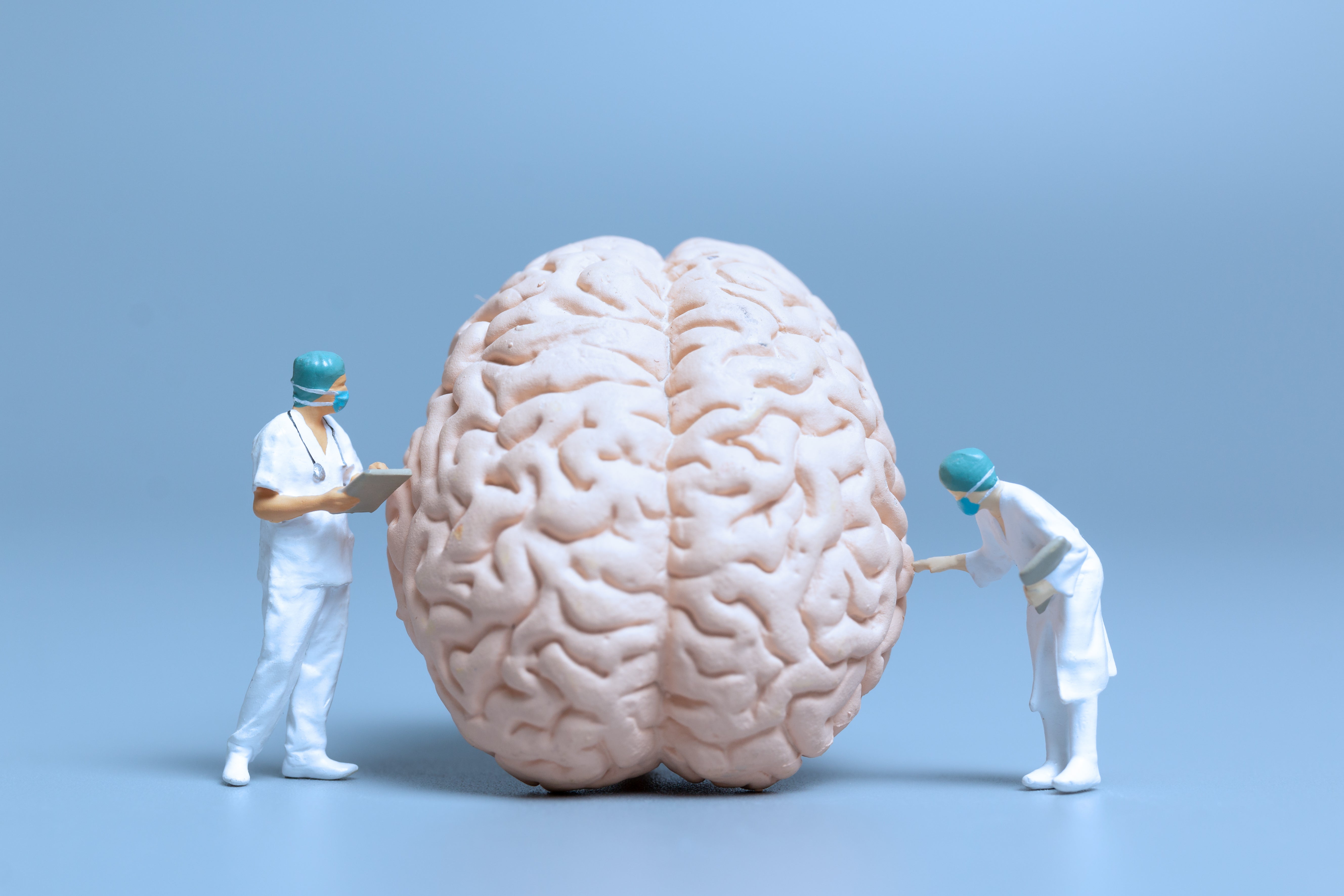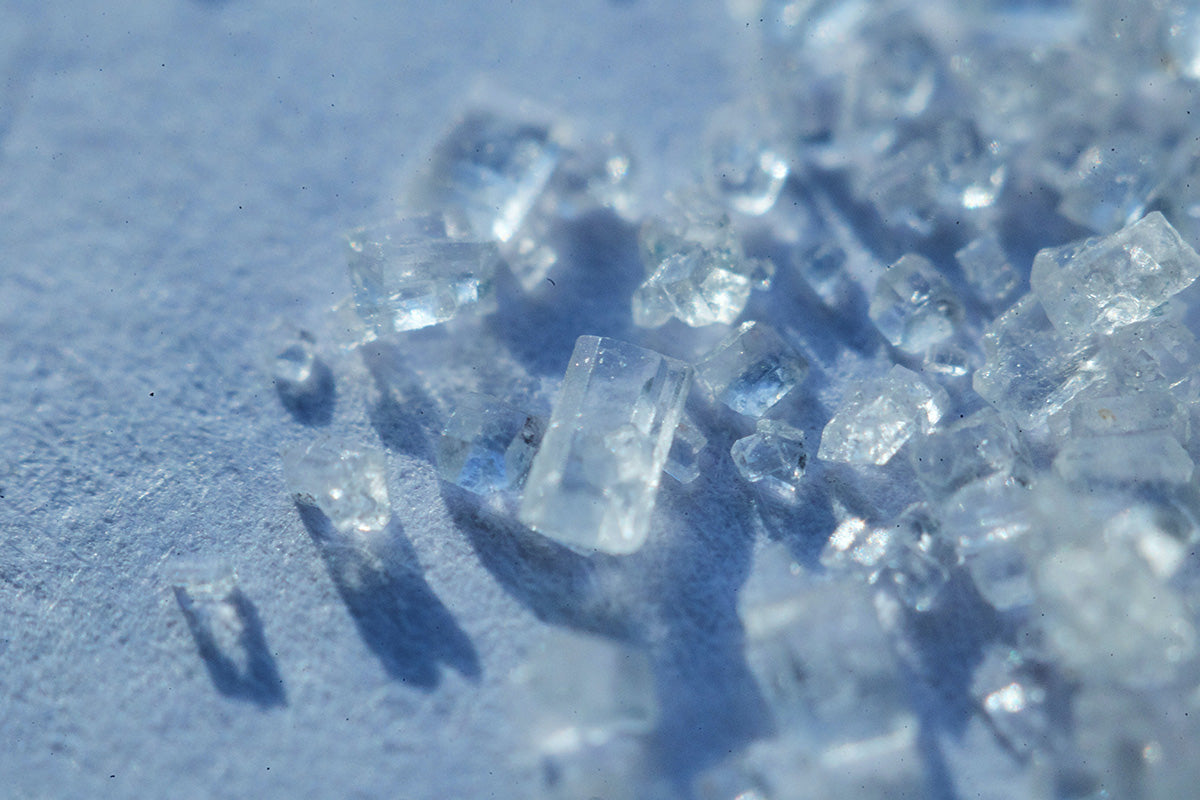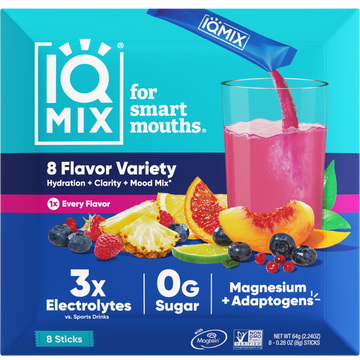It’s a hot summer’s day and you’re playing an exhilarating game of Ultimate Frisbee with your friends. Unsurprisingly, you’re sweating bullets and realize you need to rehydrate.
What you may not realize is that your body is not just thirsty for water, but also for essential minerals like sodium (salt). Both are needed to rehydrate your body.
That might seem confusing, as you’ve likely heard at one time or another that salt dehydrates you. We’re here to debunk that myth.
In this article, we’ll be breaking this concept down further, explaining why sodium is needed for proper hydration. Let’s start by reviewing some dehydration basics.
What Is Dehydration?
You lose water every day through your breath, sweat, urine, feces, and (on a bad day) vomit. That water needs to be replaced by consuming food and beverages. When you lose more water than you take in, dehydration occurs.
Symptoms of dehydration may include:[*]
- Thirst
- Dry mouth, nose, lips, and skin
- Less frequent urination
- Dark-colored urine
- Headaches
- Increased heart rate and breathing
- Fatigue
- Dizziness or lightheadedness
- Confusion
Anyone can become dehydrated, but it’s more common for seniors, athletes, low-carb dieters, those experiencing vomiting or diarrhea due to illness, and those who live in warmer climates.
It’s also important to note that there are varying degrees of dehydration. In the beginning stages, you might just feel a bit tired and listless, while in more severe stages, you might experience symptoms like dizziness and confusion.
Why Sodium Is Essential for Hydration
Many people think proper hydration purely involves drinking water. This is incorrect! You see, when you sweat or use the bathroom, you lose not only water, but also sodium (as well as other electrolytes). Both need to be replaced. Why?
Because sodium is a critical electrolyte that, in combination with potassium and chloride, helps deliver water to your body’s cells and keeps your bodily fluids properly balanced. Hydration aside, sodium is also needed to conduct nerve impulses, maintain healthy blood pressure, and contract and relax muscles.[*]
You could drink all the water you could muster, but without adequate sodium intake, your body wouldn’t become adequately hydrated.
In fact, drinking too much water can be very dangerous, causing a condition called hyponatremia. This condition occurs when excessive water consumption dilutes the sodium level in the blood. Hyponatremia affects an estimated 13-15% of endurance athletes.[*]
Those with mild hyponatremia may experience symptoms like fatigue and muscle cramps, while severe hyponatremia can cause confusion, seizures, brain damage, and death.
Unless you’re an elite athlete, you’re unlikely to develop hyponatremia, but if you’re active, on a low-carb diet, or purposely limiting your salt intake, you’re likely not getting enough sodium. Add in a whole foods diet that eliminates salty packaged foods, and you’re almost certainly not meeting your sodium needs.
How Much Sodium Should You Consume?
There’s a reason that humans crave salty foods—we need sodium to live! Unfortunately, we’ve been misled to believe that salt is bad for our health and that sodium intake should be limited to less than two grams daily.
The biggest myth surrounding sodium is that it’s bad for heart health, however, this isn’t supported by scientific evidence.
For example, a 2011 study reported that the less sodium that participants excreted in their urine—an accurate measure of prior consumption—the greater their risk was of dying from heart disease. Other studies confirm these observations.[*][*]
Existing literature suggests that consuming around five grams of sodium (about 2.5 teaspoons) daily is the sweet spot for mitigating the risk of heart disease.[*]
Five grams is just a baseline, though. Depending on your unique lifestyle and dietary factors, you might need more or less. For instance, one study suggests that athletes exercising in warm climates lose about seven grams of sodium daily.[*]
How Much Water Should You Drink?
Despite constant encouragement to drink more water, as we explained earlier, more isn’t always better. We have a handy built-in mechanism that tells us when we need more water—it’s called thirst.
Receptors in the brain continuously monitor the sodium concentration of your blood. If it’s too high, it indicates more fluids are needed, and you get thirsty.
That’s why we suggest consuming water based on your thirst level (aka drinking to thirst).
How to Ensure You’re Getting Enough Sodium
Similarly, our bodies tell us we need more salt through salt cravings, however, this effect isn't as pronounced and reliable as thirst. Instead, you must consciously ensure you get enough sodium through the foods and drinks you consume.
Here are some tips for getting adequate sodium:
#1: Up your veggie intake
If you’re eating a whole foods diet, food sources of sodium are slim. There are, however, certain veggies that contain a considerable amount of natural sodium, including celery, cucumber, radish, leafy greens (i.e., spinach, arugula, and kale), and beets. Aim to add a sodium-rich veggie to every meal.
#2: Don’t fear your saltshaker
Consider this your permission slip to salt your food to taste. This is especially important if you eat a whole foods diet that’s free of (or low in) salty, packaged foods.
#3: Add a supplement
Even with eating sodium-rich veggies and salting your food, you still might not be getting enough sodium, particularly if you are very active, live in a warm climate, or are eating a whole foods and/or low-carb diet.
To cover any blind spots, consider adding an electrolyte supplement to your routine, such as IQMIX. Each packet contains 500 mg sodium, 450 mg potassium, and 750 mg magnesium L-threonate.
Sodium is thought to be the most important electrolyte for hydration, but potassium and magnesium also play important roles. As a bonus, IQMIX also contains 250 mg of brain-boosting lion’s mane mushroom extract.
IQMIX is perfect for a pre/post-workout boost, to hydrate on a hot day, or for an anytime wellness pick-me-up. Just add a packet of IQMIX to a glass of water to instantly create a delicious, hydrating electrolyte drink.
It’s available in four delicious flavors: Blood Orange, Lemon Lime, Peach Mango, and Blueberry Pomegranate—all of which are sugar free (and contain only 3 grams of carbohydrates!). Not sure which flavors to choose? Try our 8-Stick Sampler to find your favorites. Already know you love them all? Go all in with our 20-Stick Variety Pack.
The Bottom Line on Sodium and Hydration
So, does sodium dehydrate you? Nope! In fact, your body needs electrolytes such as sodium to prevent dehydration and carry out normal bodily functions.
Just remember: hydration = water + electrolytes.
One surefire way to ensure you get the water and sodium you need to feel and function your best is by consuming electrolyte water (water + IQMIX) to thirst. Experience the difference of proper hydration!



